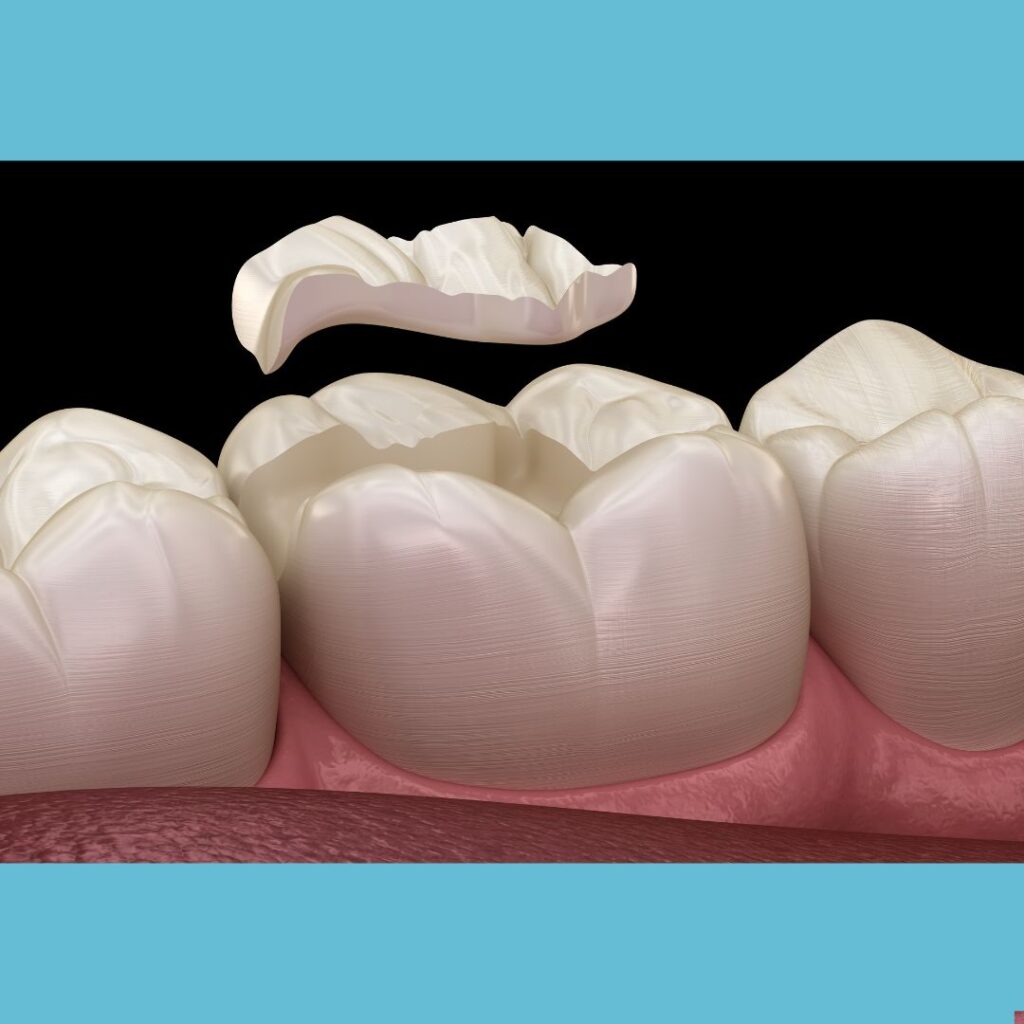Saving More Teeth With Dental Sealants

Dental sealants work and we need to be doing more of them. Read the answers to common questions about sealants. Let’s make a goal of saving teeth by placing more dental sealants.
How Effective are Dental Sealants?
- The Centers for Disease Control and Prevention states, “Dental sealants prevent 80% of cavities over 2 years in the back teeth, where 9 in 10 cavities occur.”
- The American Academy of Pediatric Dentistry (AAPD) states, “…sealants are effective in preventing and arresting pit-and-fissure occlusal carious lesions of primary and permanent molars in children and adolescents compared with the nonuse of sealants or use of fluoride varnishes.”
- A Cochrane Systematic Review states, “Our review found moderate‐quality evidence that resin‐based sealants reduced caries by between 11% and 51% compared to no sealant, when measured at 24 months.”
Who Can Place Dental Sealants?
- Dentists
- Registered Dental Hygienists
- Qualified Dental Assistants
What are the Indications for Sealants?
- Primary or permanent teeth
- Teeth with deep grooves
- Any age
- No dentin decay
- Medium to High Caries Risk
- Cooperative patient
What are the Contraindications for Sealants?
- Decay into dentin
- Allergy to materials
- Uncooperative patient
How Can I Determine if the Tooth Should Get a Sealant?
- Assess the tooth using visualization and an explorer
- Radiographs are not required, but can be helpful along with other ways to detect caries
- Determine depth of decay
- Determine whether sealants can be placed based on the International Caries Detection and Assessment System (ICDAS). Sealants can be placed on teeth with ICDAS 0-3 (sound tooth surface to enamel decay)
- Determine caries risk using a guide such as the ADA Caries Risk Assessment